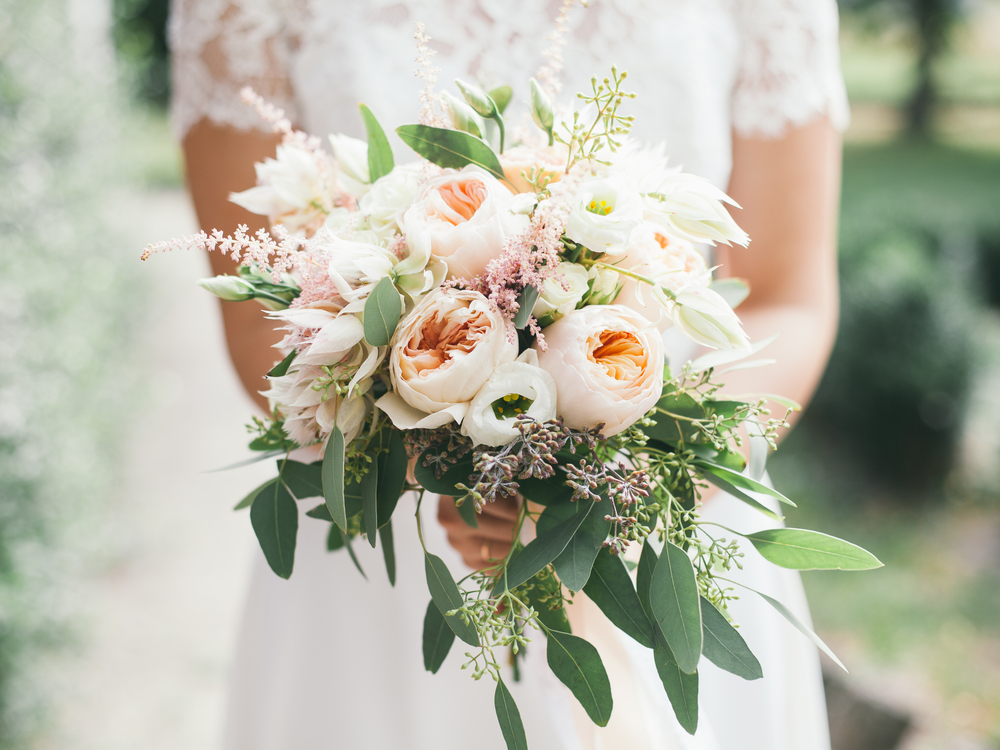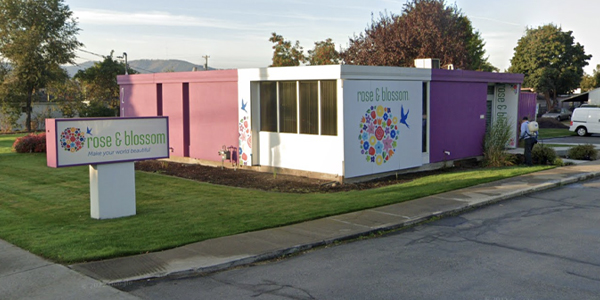The History of the Bridal Bouquet
4th Jun 2018

Planning a wedding is exciting, time-consuming and sometimes stressful. Within a year or so, you and your partner must choose everything from your first dance song to the style of your table decorations. While some details just need to be sorted out for the sake of moving forward (nothing wrong with eeny, meeny, miny, moe in these situations!) other choices can make or break how you feel on your big day.
All eyes will be on you in your wedding dress as you walk down the aisle. A stunning bouquet can complement your dress, tie in with your décor, match the season of your wedding and provide a pop of color to make you feel and look absolutely gorgeous. But why do brides even carry bouquets at all? And is this an essential wedding tradition, or can you skip it altogether?
Ancient Greece and Rome
The very first bridal bouquets were composed of garlands or flowers. They symbolized the bride’s fertility, kicked off a union built on trust and fidelity and celebrated the couple’s new life together. Although they may not have looked identical to our bouquets today, there is certainly some overlap in the meaning they held.
Middle Ages
Bouquets in the Middle Ages took an interesting turn. Instead of containing flowers with bright colors and pleasant aromas, they were packed with pungent herbs. Garlic, spices and dill were classic choices meant to fend off evil spirits and bad luck that might plague the bride and wedding guests. Dill also doubly served as an aphrodisiac during the wedding dinner.
The tradition of tossing the bouquet also began during this time period because wedding guests in Medieval Europe were even rowdier than they are today. They would tear little bits and pieces from the bride’s wedding dress in the hopes that some of her good luck might rub off on them, leaving her flustered and crowded (and likely irritated!). Brides would divert attention from themselves by throwing either the bouquet or the garter, and over time, the bouquet toss came to signify that the person who caught the flowers would be next in line to get married.
There’s a myth out there that brides in the Middle Ages carried bouquets to mask body odor due to infrequent bathing. However, it is highly unlikely that people of this time only bathed once a year, as is sometimes supposed.
Victorian Era
Bouquets of all types in the Victorian Era were carefully selected to send secret messages between partners. Floriography, the association of certain flowers and plants with symbolic meanings, became wildly popular during this era, as did a general interest in botany. The practice was so ingrained in high society that entire books were dedicated to explaining the meanings of the most obscure blooms.
The Victorian Era also spurred the creation of a very specific bridal flower arrangement – the royal wedding bouquet. When Queen Victoria married Prince Albert, she incorporated a sprig of myrtle from her grandmother-in-law into her bouquet and decorated her hair and dress with orange blossoms. All the royals, including Kate Middleton, have used a sprig of myrtle from Queen Victoria’s original plant ever since.
Today’s Bridal Bouquets
Nowadays, bridal bouquets are whatever you want them to be. Some brides pick a bouquet that matches their favorite colors and makes them feel beautiful, whereas others carefully choose the flowers that best represent their hopes and wishes for the future. Others simply replicate an eye-catching bouquet from Instagram!
Whatever dreams you have for your wedding bouquet, the florists at Rose & Blossom can make them come true. We have been customizing bouquets for brides in the Inland Northwest for more than 25 years. Check out our gallery of bridal bouquets for some inspiration, or give us a call today at (509) 921-7673 and share your vision with us.




